In chapter 3 of Decoding Health Insurance and the Alternatives, author Lauren Jahnke explains how private and public health insurance differ. One of the easiest ways to remember, she says, is that public insurance programs are available through government agencies. Most Americans don’t have public health insurance. They have a plan sold and administered by private, for-profit health insurance companies.
If you’re interested in learning about different types of health insurance, you have to start at the beginning — the history of health insurance in the U.S.
Private vs. Public Health Insurance Plans
Ninety-two percent of people living in the U.S. had health insurance coverage in 2019. According to the Census, private health plans are two times more prevalent than public plans (68% vs. 34%).
History of Health Insurance in the U.S.
In her book, Jahnke briefly delves into the origins of health insurance and, specifically, why health coverage has historically been tied to employment.
More than half of the insured population in the U.S. get insurance through their employment.
U.S. Census Bureau, Current Population Survey, 2020 Annual Social and Economic Supplement (CPS ASEC)
How Group Health Insurance Came to Be
Out of context, it’s difficult to understand what one’s job has to do with the ability to get health insurance. It has a lot to do with America’s reluctance to allow the government to regulate health care (aka, socialized medicine, like in the U.K.) There was, however, a method to the madness.
1920s
As recently as the early 1900s people didn’t go to the doctor for checkups. There was no such thing as a primary care physician. This was before antibiotics were invented. Back then, according to NPR’s All Things Considered, “medical care in the U.S. was basically medieval.” Hospitals were decrepit institutions of death for poor people.
With the discovery of penicillin, medical schools underwent a bit of revolution. Their focus shifted to providing patient treatment, educating doctors, and conducting medical research. All of this cost money, of course.
Health policy reporter, Steve Anderson, wrote in HealthInsurance.org that “the need for health insurance emerged in the 1920s, fueled by increasing costs of hospital care.”
Sounds familiar, right? Health care costs go up and ordinary folks need to find a way to pay.
Late 1920s
In under a decade, administrators at Baylor Hospital in Dallas devised a way to market their services, raise money, and turn a profit. They developed the first group insurance health plan.
The Texas hospital made a deal with a group of public school teachers. Each teacher would pay a 50-cent per month premium in return for medical services. “The plan worked on the principle of paying for the costs of care for a small group of sick individuals by spreading them out over a much larger pool,” said Anderson.
In 2021, 50 cents is equivalent to $7.61. And while that may sound reasonable, consider how rudimentary the health profession was in the Jazz Age.
1930s
In the years immediately following the Great Recession, 3 million Americans were enrolled in hospital-implemented group-health arrangements. The coverage developed at the Dallas hospital was known as the “Baylor Plan.” It was the precursor to Blue Cross health insurance.
1940s
In the 1940s, employers got into the group-health plan game. It was a move that was born out of necessity. “Large employers started offering health insurance as an employee benefit during World War II when a government-mandated wage freeze caused employers to explore other ways to attract and retain employees,” said Jahnke.
Going forward, one would have to move mountains, so to speak, to separate health insurance from a person’s employment. Anderson explains that while there were non-employee-based medical plans, those private insurance institutions avoided covering the people who needed it most. They weeded out customers using medical underwriting, “which meant that coverage was only available for purchase if the applicant was at least fairly healthy.”
And how did for-profit businesses know who was “fairly healthy”? When a consumer applied for an insurance policy, “companies would closely scrutinize [their] complete medical history.” And because these private, individual plans were so much more costly for insurance companies, they eliminated coverage for common medical necessities, like maternity care and prescriptions.
2000s
It would take another half century for the country to see comprehensive health insurance reform. That would happen in 2010 when President Barack Obama signed the Patient Protection and Affordable Care Act into law.
The failure to expand access to health insurance wasn’t for lack of trying. Several different presidential administrations on both sides of the aisle took a stab at reducing costs and widening eligibility, each with different levels of success.
Hear This
Listen to a brief NPR Planet Money segment from 2009 about the origins of managed health care, titled “Accidents of History Created U.S. Health System.”
Health Insurance Reforms in the U.S. — A Timeline
1915
Theodore Roosevelt was the first president to include health insurance reform and expansion as part of his presidential platform. He introduced a bill that would cover those who earned less than $1200 per year (or $31k today) and their dependents. It included sick pay, maternity benefits, and death benefits. Special interests opposed the plan and, according to Physicians for a National Health Program, they got their way.
↓↓↓
1939
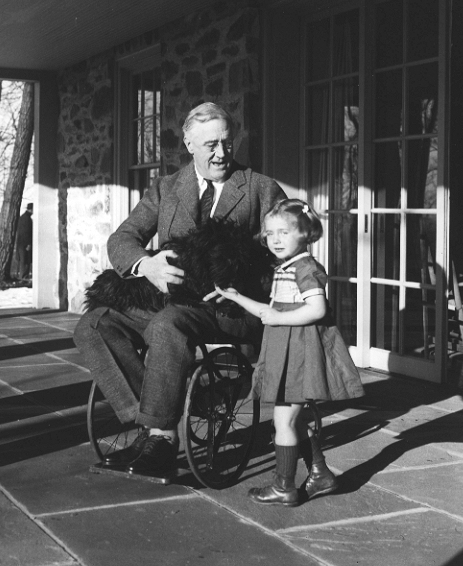
←←←Franklin Delano Roosevelt aspired to implement mandatory health insurance in the Social Security Act of 1935 and later, the Wagner National Health Act of 1939. Both efforts failed. FDR did, however, create the Federal Security Agency, a precursor to the Department of Health and Human Services. It’s hard to dismiss the fact that the first POTUS to make sweeping strides toward establishing a national health insurance system was paralyzed with polio.
1946
→ → →Harry Truman proposed passing a “health care for all” plan that would be supported by payroll taxes. Politics-as-usual prevented two such bills from even making it to a vote. In his memoirs Truman wrote, “I have had some bitter disappointments as President but one that has troubled me most, in a personal way, has been the failure to defeat organized opposition to a national compulsory health insurance program.” The most powerful opposition to Truman’s efforts came from the American Medical Association, which feared the President was endorsing socialized medicine.
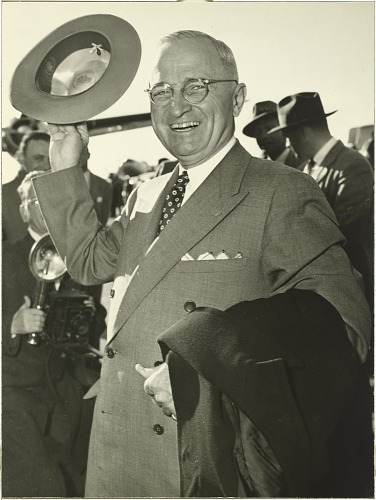
1965
Lyndon B. Johnson succeeded in passing Medicare and Medicaid, as part of the Social Security Act. In 1965, he traveled to the Harry S. Truman Library in Missouri to sign the bill alongside his predecessor.
↓↓↓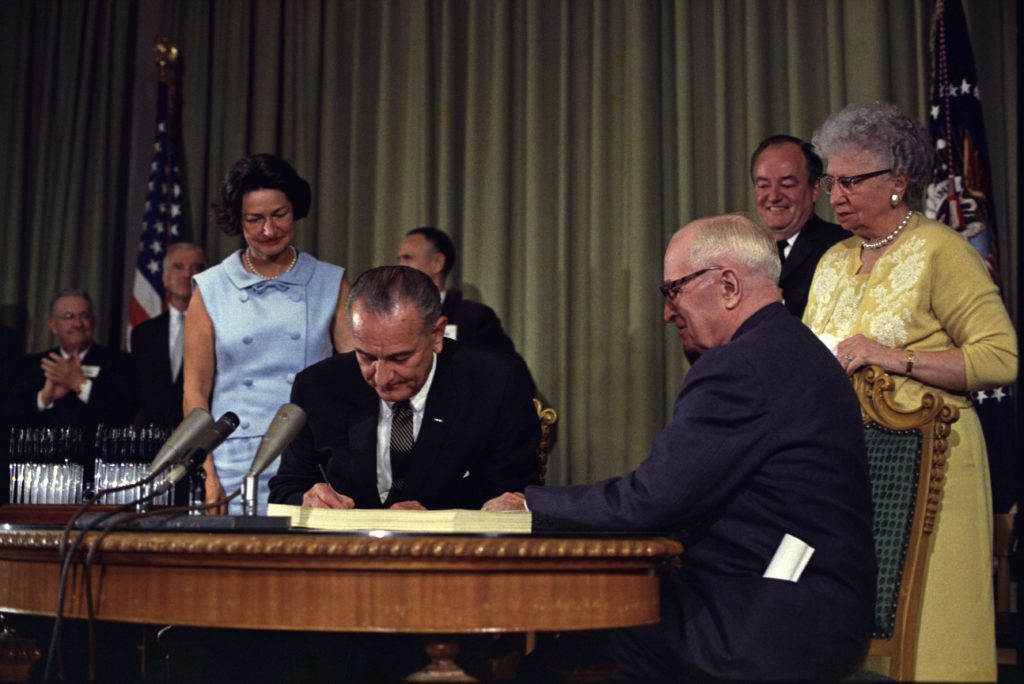
1972
→→→Richard Nixon signed the Social Security Amendments of 1972, which expanded Medicare coverage, increasing eligibility to more people with long-term disabilities.
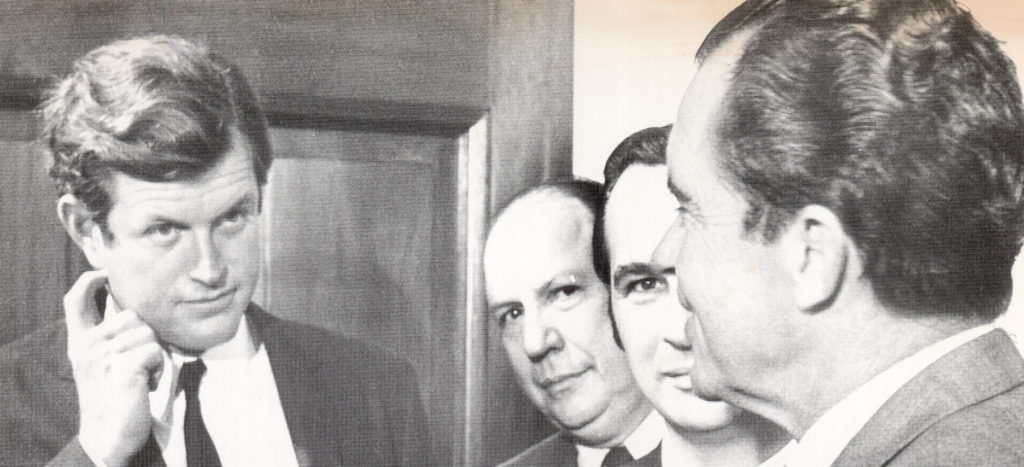
1993
Bill Clinton introduced the Health Security Act, a universal health coverage bill spearheaded by First Lady Hillary Clinton, whom the President appointed to head the Task Force on National Health Reform. Despite strong public support for the package, there was heavier opposition from corporate interests, criticism from the opposing party, and the President’s own disjointed caucus led to the bill’s demise.
2010
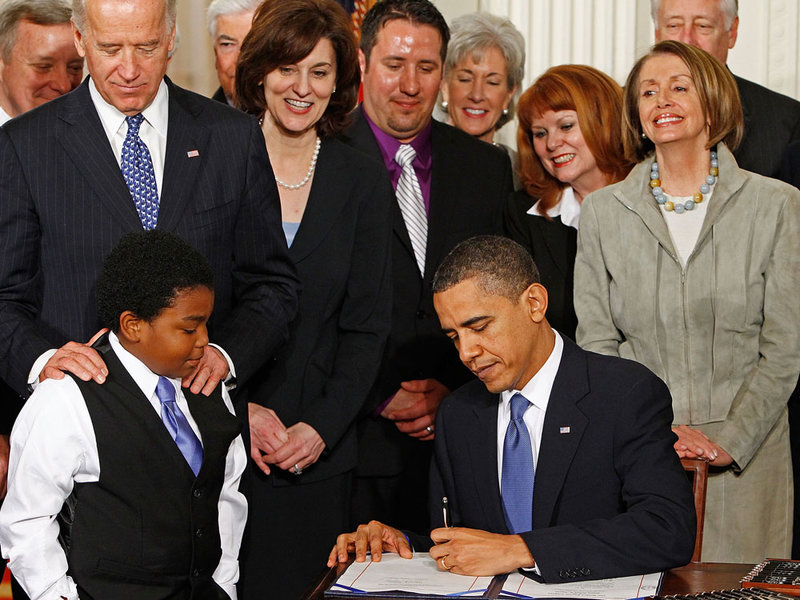
Barack Obama’s Affordable Care Act was the most comprehensive health reform policy the country had seen in decades. The landmark legislation expanded health care coverage to millions of Americans and eliminated some of the worst remnants of an inequitable health care system. The ACA qualified low and middle-income applicants for federal subsidies, it prevented plans from denying coverage to anyone for any reason. Nor were they permitted to charge more based on health status or gender. And the age for children to remain on their parents plan went up to 26 years old. For the first time since WWII, Americans’ ability to purchase health insurance was no longer tied to their employment status .
Read Decoding Health Insurance
If you’re a small business owner or an individual interested in how health insurance works, check out Decoding Health Insurance and the Alternatives: Options, Issues, and Tips for Saving Money. You’ll find information about private health insurance plans and alternatives to comprehensive health insurance.
